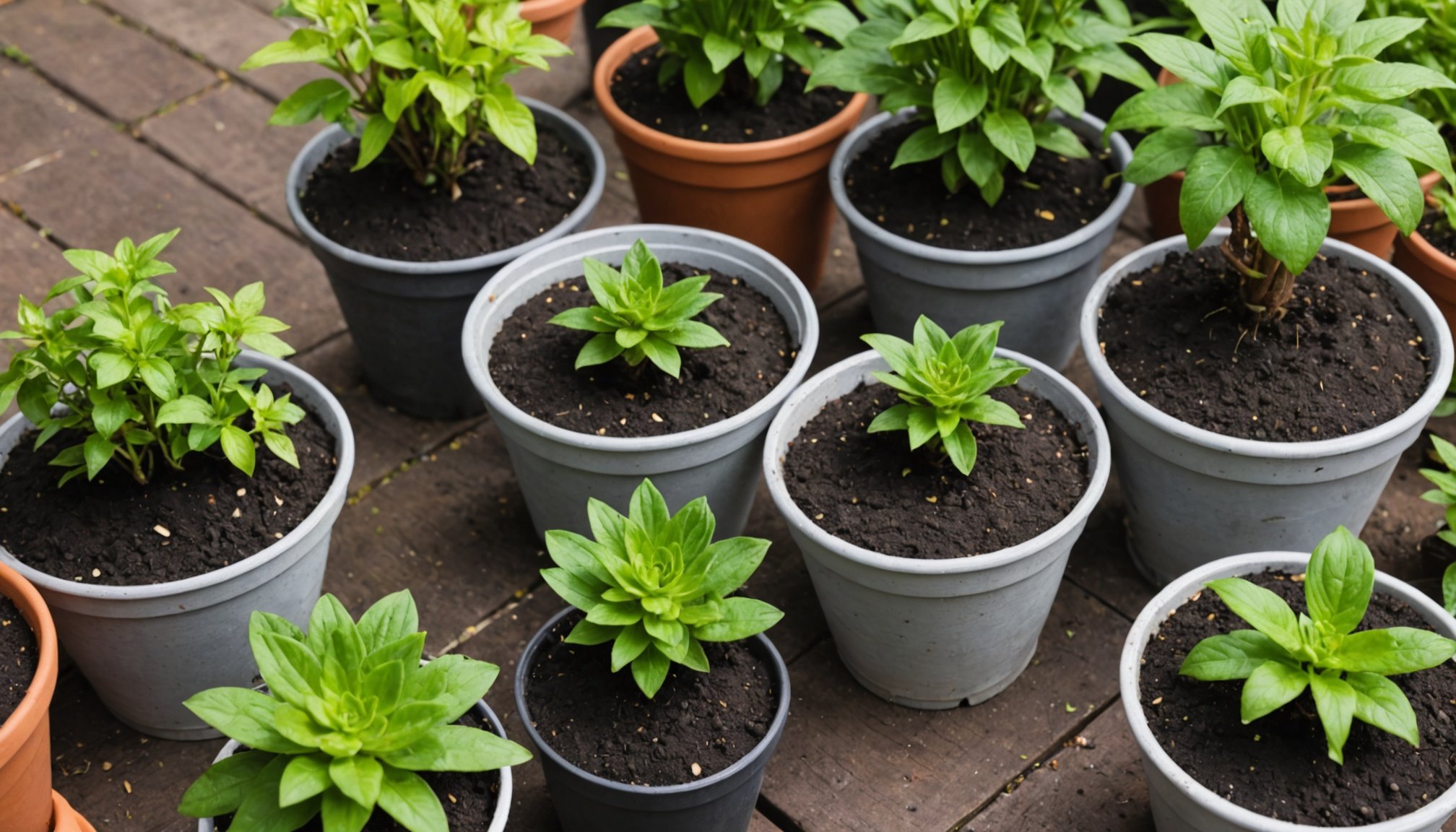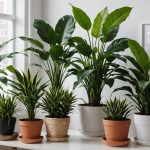In the thriving world of indoor gardening, choosing the right soil is pivotal to ensuring your plants flourish. You might often find yourself pondering: What makes a potting mix the best choice for your beloved greens? While the choices might seem overwhelming, understanding the essential components can make this decision easier and more informed. Here, we delve into the art and science of selecting the optimal soil mix, equipping you with the knowledge to keep your indoor garden in its prime.
Understanding Potting Soil Basics
At the heart of every vibrant indoor plant collection is a well-chosen potting soil. This isn’t just a mix of dirt but a carefully curated blend designed to support plant life. The primary goal of a potting mix is to provide a balanced environment where your plants can grow healthily.
In parallel : What are the key principles of permaculture gardening that I can apply at home?
What Constitutes Potting Soil?
Potting soil is a combination of various organic and inorganic materials. A standard blend includes peat moss, perlite, and sometimes fertilizer. Each component serves a specific purpose, such as retaining moisture, offering aeration, or supplying nutrients.
- Peat Moss: A common base, it retains moisture but can become compacted over time. Look for sustainable alternatives like coconut coir.
- Perlite: These small, white, volcanic rocks improve drainage and keep the soil light.
- Fertilizer: Added to provide essential nutrients, some mixtures come pre-fertilized, sparing you the task of additional feeding.
Indoor vs. Outdoor: What’s the Difference?
Indoor plants have different soil needs compared to their outdoor counterparts. Since outdoor soil can harbor pests, diseases, and weeds, it’s unsuitable for indoor use. Potting mixes are sterilized to eliminate these threats, keeping your indoor plants healthy.
Have you seen this : What are the most effective organic pest control methods for vegetable gardens?
Understanding these basics lays the groundwork for informed choices as you select the right mix for your indoor greens.
Evaluating Different Potting Mix Types
As you venture into the world of potting mixes, you’ll encounter various types. Each type is tailored to specific plant needs, and understanding these can lead to better gardening outcomes.
Organic Potting Mixes
These are ideal for gardeners seeking eco-friendly options. Composed primarily of natural materials such as compost, bark, and moss, organic mixes nourish plants while preserving the environment.
- Advantages: Enhanced water retention and nutrient supply due to the natural decomposition process.
- Considerations: They may contain fewer immediate nutrients; hence, periodic fertilization might be necessary.
Moisture Control Mixes
Perfect for those who often forget to water, moisture control mixes contain water-retaining crystals that help maintain consistent soil moisture.
- Advantages: Reduce the frequency of watering, ideal for busy plant parents.
- Considerations: Overuse can lead to root rot if dehydration isn’t monitored properly.
Specialty Mixes
These tailored mixes cater to specific plants, such as succulents or orchids, which have unique soil requirements.
- Advantages: Provide the specific nutrients and drainage each plant type needs.
- Considerations: Typically more expensive; only necessary for particular plant varieties.
Evaluating these different types equips you with the insight to cater to your indoor garden’s unique needs.
Factors Influencing Soil Choice
Choosing the right soil involves more than just selecting a bag off the shelf. Several factors should influence your decision, ensuring your plant thrives in its environment.
Plant Type
Different plants have varying soil needs. For instance, cacti and succulents require well-draining soil, while tropical plants like ferns need a more moisture-retentive mix.
- Cacti and Succulents: Opt for a sandy mix with excellent drainage.
- Ferns and Orchids: Choose a soil that retains moisture without becoming waterlogged.
Environmental Conditions
Consider your home environment before choosing a potting mix. If your home is naturally humid, a well-draining soil prevents over-moisture. Conversely, dry environments might benefit from moisture-retaining mixes.
Nutrient Content
Some potting soils come with added fertilizers, supplying essential nutrients for the first few months. However, as these nutrients deplete, regular feeding is necessary.
Understanding these factors helps create a thriving indoor ecosystem tailored to your plant’s specific requirements.
Top Tips for Maintaining Healthy Soil
Once you’ve chosen the right soil, proper maintenance ensures your plants remain healthy. Here are some actionable tips to keep your potting mix in optimal condition.
Regular Assessment and Adjustments
- Check Soil Moisture: Use a soil moisture meter to monitor hydration levels. Overwatering is a common mistake that can lead to root rot.
- Aerate the Soil: Periodically loosen the soil to encourage air circulation and prevent compaction.
Fertilization
- Scheduled Feeding: Even pre-fertilized mixes need replenishing over time. Follow a regular fertilization schedule tailored to your plant’s needs.
- Organic Options: Consider organic fertilizers that provide slow-release nutrients, promoting sustainable growth.
Repotting
- Recognize Signs for Repotting: Roots growing out of drainage holes or slowed growth can indicate a need for repotting.
- Choose the Right Time: Ideally, repot during the growing season, allowing plants to adjust to their new environment effectively.
Embracing these maintenance strategies ensures your plants remain lush and vibrant, turning your indoor space into a thriving sanctuary.
Choosing the right soil for your potted plants is a journey of understanding and adaptation. By evaluating the composition, type, and specific needs of your plants, you can create an environment where your indoor garden thrives. Remember, the key to success lies in continuous learning and observation. With the right knowledge and care, your plants will not only survive but flourish, bringing life and beauty into your home.











